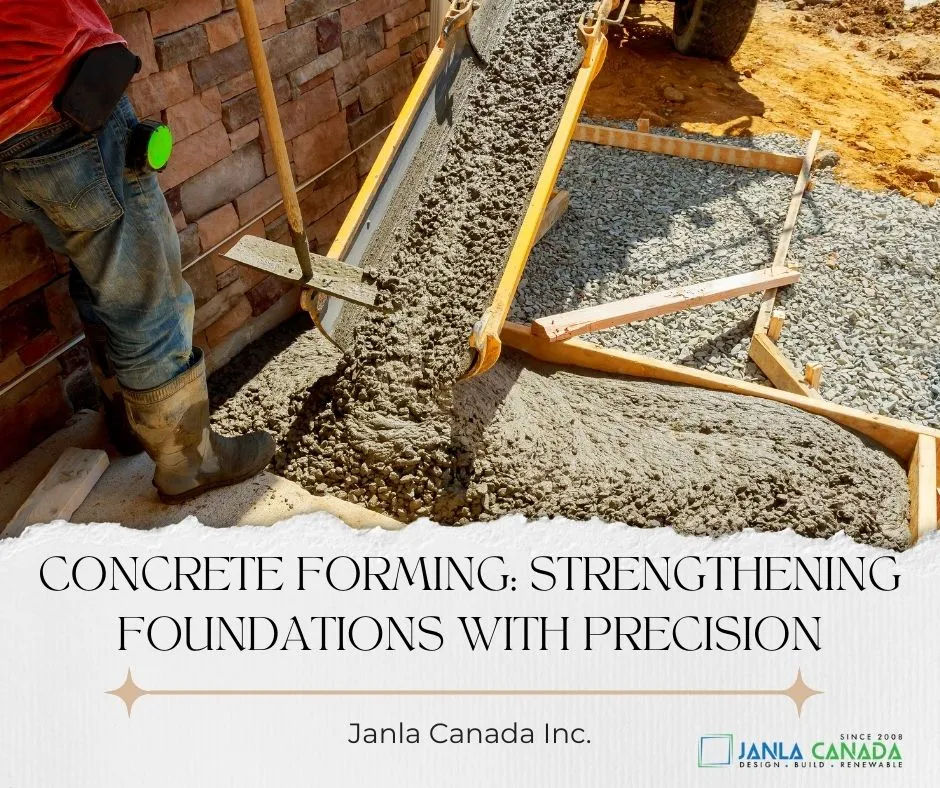Concrete forming is a fundamental process in construction that ensures durability, stability, and precision in various building projects. From residential homes to commercial buildings and infrastructure projects, concrete forming is the backbone of modern construction.
What is Concrete Forming?
Concrete forming involves creating temporary or permanent molds into which concrete is poured and shaped. These forms hold the concrete in place as it cures, allowing it to harden into the desired shape. The process is essential for constructing walls, floors, foundations, columns, and more.
Types of Concrete Forms
- Wood Forms
- Traditional and versatile, wood forms are easy to use and adapt to various shapes.
- Ideal for smaller or custom projects.
- Steel Forms
- Durable and reusable, steel forms are commonly used for large-scale or repetitive projects.
- Provide excellent strength and precise finishes.
- Plastic Forms
- Lightweight and reusable, plastic forms are suitable for specific shapes and smaller structures.
- Resistant to water and corrosion.
- Insulated Concrete Forms (ICFs)
- Used for energy-efficient construction, ICFs remain in place as part of the structure, offering insulation benefits.
Benefits of Concrete Forming
- Structural Integrity
Concrete forming ensures accurate shaping and curing, which contributes to the structural strength of a building. - Design Flexibility
Forms can be customized to achieve various shapes and architectural designs. - Efficiency in Construction
Pre-designed forms speed up the construction process and reduce labor costs. - Durability
Proper forming prevents cracks and imperfections, ensuring long-lasting structures.
Applications of Concrete Forming
- Residential Construction: Foundations, driveways, patios, and retaining walls.
- Commercial Projects: Office buildings, warehouses, and parking structures.
- Infrastructure: Bridges, dams, and highways.
The Process of Concrete Forming
- Design and Planning
- Assess project requirements and select the appropriate type of form.
- Formwork Installation
- Set up the molds at the construction site, ensuring alignment and stability.
- Pouring Concrete
- Pour the concrete mixture into the forms, avoiding air pockets and inconsistencies.
- Curing and Stripping
- Allow the concrete to cure fully before removing the forms (if temporary).
Why Choose Professional Concrete Forming Services?
Hiring experienced professionals ensures high-quality results, compliance with building codes, and efficient project completion. Expert services also minimize the risk of errors and structural weaknesses.
Conclusion
Concrete forming is a critical step in creating robust and durable structures. Whether you’re constructing a residential foundation or a large-scale infrastructure project, understanding the nuances of concrete forming can help you achieve long-lasting results.


 Canadian
Canadian